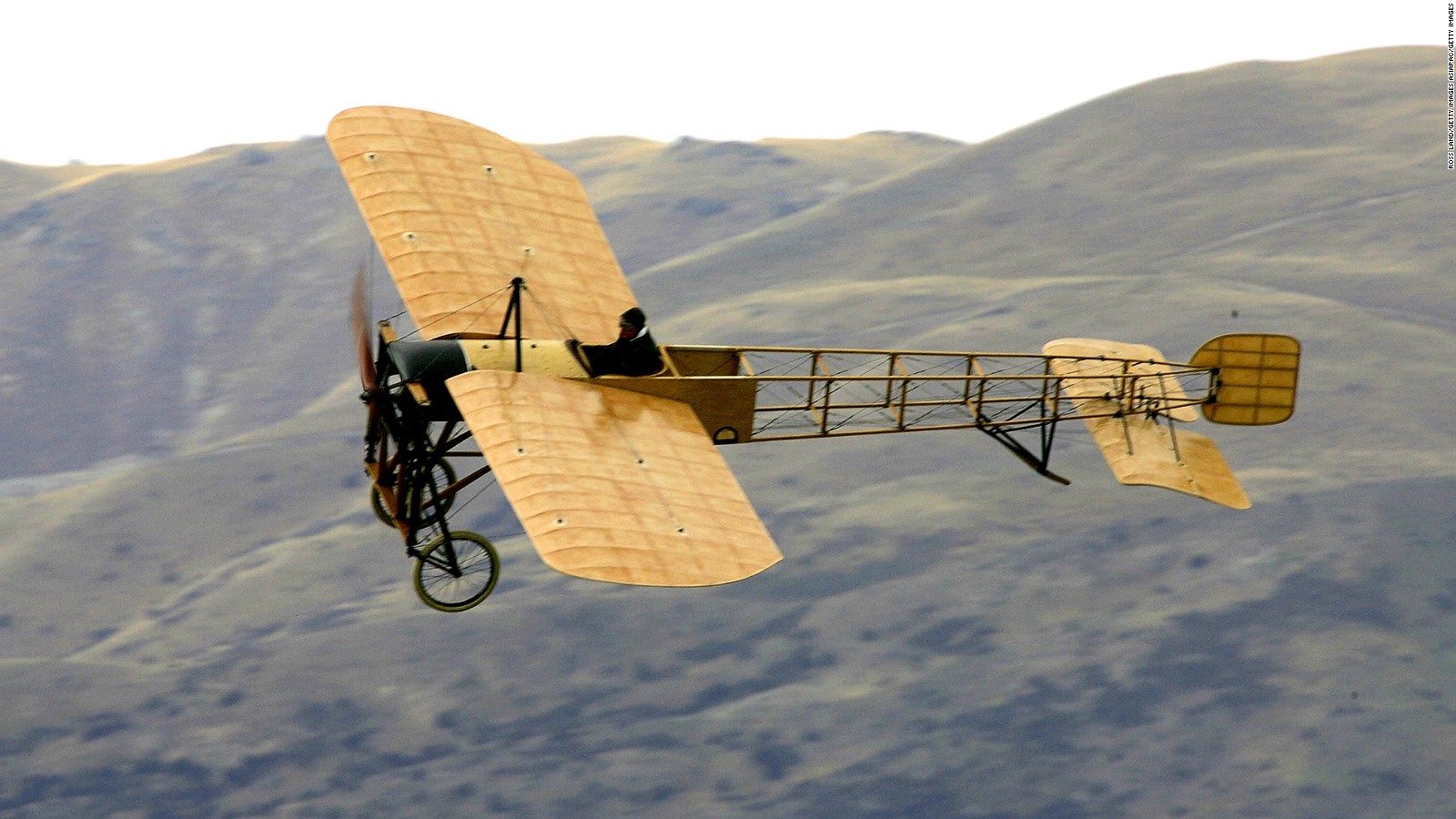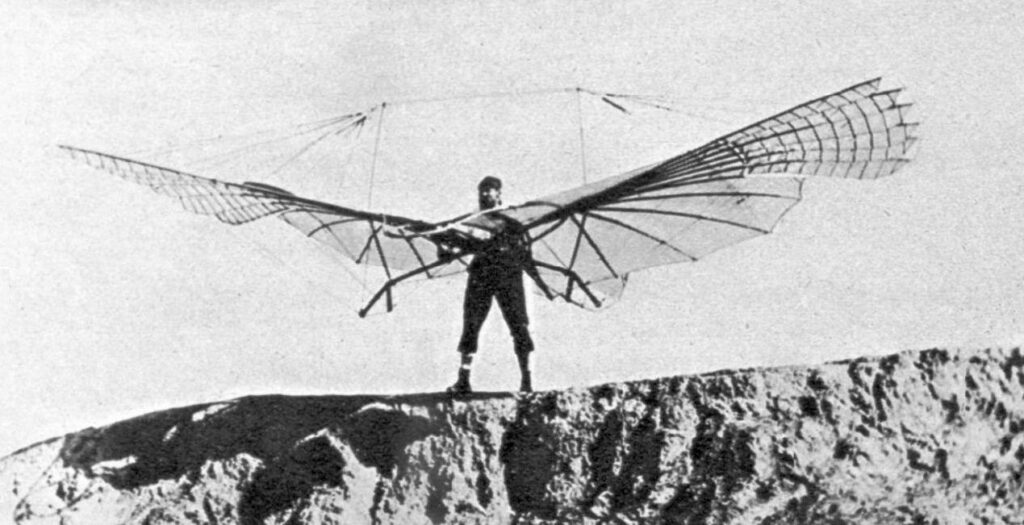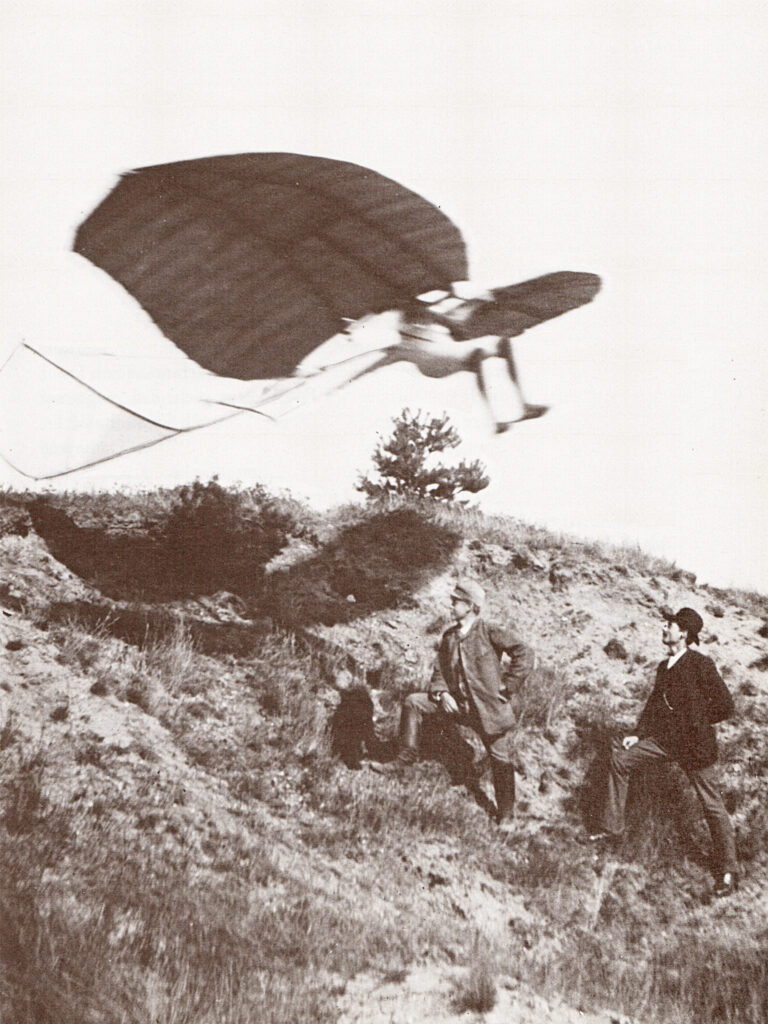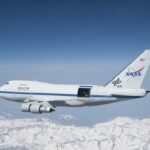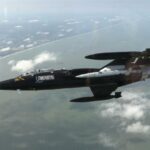The word “aerofoil” is derived from a combination of the Greek words “aerios” meaning air and “foil” meaning blade. Since then, aerofoils have been developed and refined to the point where modern passenger aircraft can travel at speeds more than 500 mph. In this article, we will take a look at the historical development of aerofoil from its earliest days up to the present day. we have looked at the history of aircraft wings, and some of the key innovations that have taken place over the years. We have seen how different designs and materials have been used, and how aircraft wings have evolved to become the most important part of an aircraft.
Aerofoil is a lifting surface, which extends along the leading edge and trailing edge of an aircraft wing. Modern aerofoils are very thin, typically about 0.1 inches, and generally are about ten percent thicker at their leading edge than at their trailing edges first successful attempt to create an aerofoil was made by Otto Lilienthal in 1891.
Lilienthal who was born in Germany, in 1848 showed an early interest in aviation and began experimenting with glider designs in the late 1800s. His 1891 aerofoil design was the first to provide lift and stability in flight. Lilienthal’s gliders were not controllable, and he frequently crashed during his flights. However, he continued to experiment and test new designs, publishing his findings in journals and at aviation meetings. In 1896, Lilienthal was fatally injured while flying a glider. Nevertheless, his work had a significant impact on the development of aviation. Lilienthal was a German aviation pioneer, and his design incorporated a cambered airfoil shape which improved the lift-to-drag ratio of the aircraft. The first aerofoils were low sweepback wings designed to create a high degree of lift over the main wing. However, they were limited to low-speed flying. Aerofoils at this time were fairly basic in design and were not very efficient. They were made up of a single flat surface, and provided little lift or stability. This made them unsuitable for use in modern aircraft, which require greater levels of stability and performance.
The Wright brothers were the first to design and build an aircraft that used a lifting aerofoil, which they did in 1903. The Wright Brothers’ Wright Flyer had a trapezoid-shaped wing with a thick, rigid spar that ran down the length of the wing. The wing was a single, flat surface, and was attached to the fuselage by a long, rigid strut. The Wright Flyer was designed with a strong, rigid backbone so that it could carry the weight of the pilot and passengers. The Wright Brothers’ design was similar to Lilienthal’s glider, but the Wright Flyer had a modest level of stability. The EDWARDIAN ERA is considered the era of progressive reforms in the US, in the same era, a government agency called NACA (National Advisory Committee for Aeronautics) was founded in 1915 to promote aeronautical research. It became the National Aeronautics and Space Administration (NASA) after World War II, NACA’s first research laboratory was established in 1917 at Langley Memorial Aeronautical Laboratory, now part of Langley Research Center. The agency’s early work in fluid dynamics is still cited in modern textbooks.
Among other things, NACA developed the 4-digit and 5-digit series airfoils which are still in use today. The NACA 4-digit series was developed in 1912 by NACA to provide a universal unit of length for aerofoils that would be used for defining the aerofoil shapes. This was done using the diameter of the aerofoil, which was easily measured in the manufacturing process. By using the measured diameter of the aerofoil the NACA 4-digit series was able to define the aerofoil shape. The 4-digit series was introduced in the 1930s to replace the original NACA airfoils for conventional airfoils. The 4-digit series airfoils are used on the majority of general aviation aircraft, as well as on most military aircraft. It is usually paired with the 5-digit series. The 4-digit series started with a 50-degree camber, which was later replaced with a slightly cambered airfoil, and has been revised to include various airfoils such as a camber-free airfoil. The H-34A is a camber-free airfoil and is one of the most widely used airfoils in the world. The H-34A airfoil has a wing area of around 15 square meters. The 4-digit series airfoils have a leading slope of 5.5° and a trailing slope of 5.0°.
NACA 5-digit numbers were used from 1941 to 1978 when NASA adopted a five-digit system. In today’s nomenclature, the five-digit numbers have been replaced by the NASA Standard Key Number, or more commonly the NASA Vehicle and Flight Data Number. The existing aerofoils are the most efficient variant which is the result of uninterrupted research and innovation which is still going on, the most recent and important study, which was funded by the European Union’s Horizon 2020 research and innovation program, was conducted by a consortium of European universities and companies. It was led by the University of Bristol and involved the University of Sheffield, the University of Bristol, the University of Leicester, the University of Bari, and the National Institute of Aerospace Technology (INTA) in Madrid. The research was designed to look at the aerodynamic performance of aircraft wings at high angles of attack, which are typically encountered during take-off and landing, and during maneuvers such as loops.” The consortium’s findings show that more reliable and accurate methods are needed to predict the aerodynamic behavior of wings at high angles for aircraft in service,” said Dr Ruggero Cadoni, from the Politecnico di Milano.
Research and development of aerofoil/wings will keep going on in the future as well in order to meet the maximum efficiency requirements which may bring more efficient aircraft in the upcoming days. We hope you have enjoyed this article, and that it has given you a better understanding of the history of aircraft aerofoil/wings.
About Author
Saad Mumtaz Siddique who lives in Karachi, Pakistan is a graduate of Aircraft Maintenance Engineering. He possesses a great interest and knowledge of aircraft aerodynamics and the theory of flight. His goal is to contribute his part to the development of aviation and loves to render his on-field services to the aircraft maintenance industry while writing articles on the different aspects of aviation







